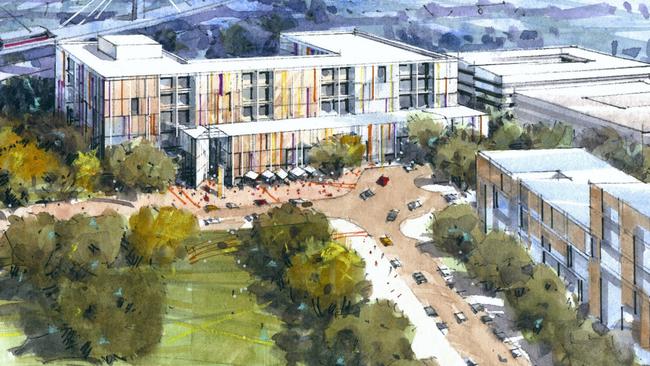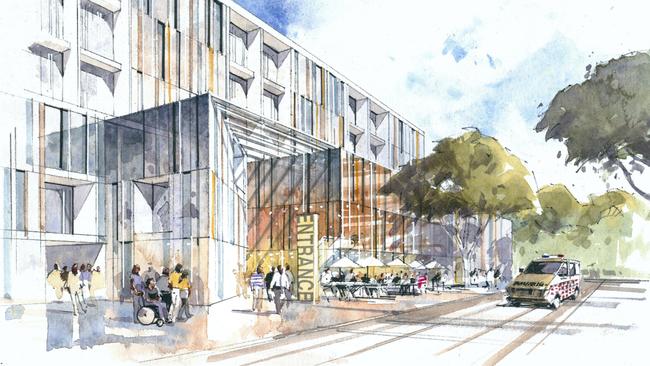Rouse Hill Hospital to have emergency department
After years of community angst, an emergency department has been confirmed for the future $300 million Rouse Hill Hospital.
Blacktown
Don't miss out on the headlines from Blacktown. Followed categories will be added to My News.
After years of community angst and a NewsLocal campaign, it can be revealed the future $300 million Rouse Hill Hospital will include an emergency department.
A Western Sydney Local Health District (WSLHD) spokeswoman confirmed to NewsLocal the hospital would be equipped to treat and care for emergency admissions.
“NSW Government has committed $300 million to the new hospital of Rouse Hill which will include an emergency department,” she said.

Federal Labor MP Michelle Rowland has been campaigning since 2020 for an emergency ward at the future hospital, with a petition receiving more than 2000 signatures.
Before WSLHD confirmed the inclusion of an emergency department, Ms Rowland said the inclusion of such a ward at Rouse Hill Hospital was vital.
“Having timely access to emergency hospital care is not a trivial issue, it can be a life or death matter,” she said.
“It’s essential that health infrastructure in Western Sydney keeps pace with surging population growth.
“Building an emergency ward at Rouse Hill Hospital is a common sense measure to address this problem and a necessary part of a broader solution.”


A booming population in western Sydney has seen growing calls for investment in medical infrastructure in the region.
In 2017, when a Rouse Hill Hospital was first discussed, the population of the Blacktown area was 350,000.
According to the Australian Bureau of Statistics (ABS), the population of the Blacktown area will be between 527,000 and 644,000 by 2040. In The Hills region, the situation is more dire with Rouse Hill’s current population of about 11,000 forecast to grow almost 7-fold by 2040, to be home to almost 70,000 people.
The $300 million Rouse Hill Hospital is part of a broader $1 billion commitment by the NSW government to improve health infrastructure in the state.





